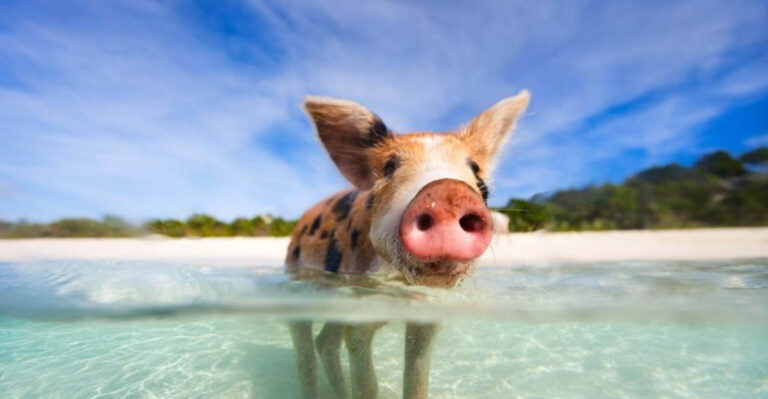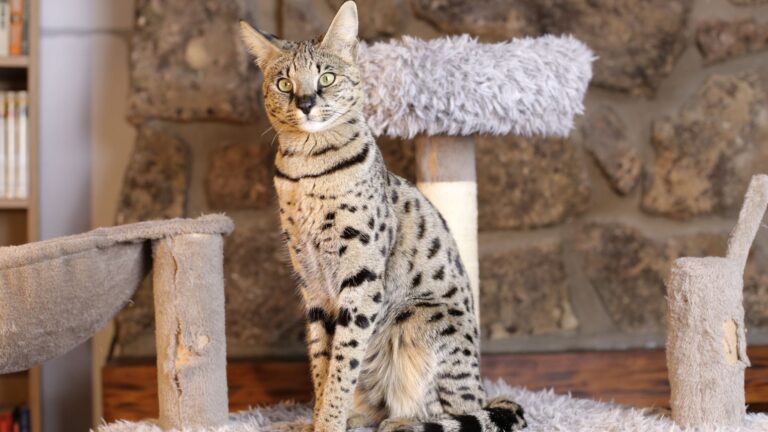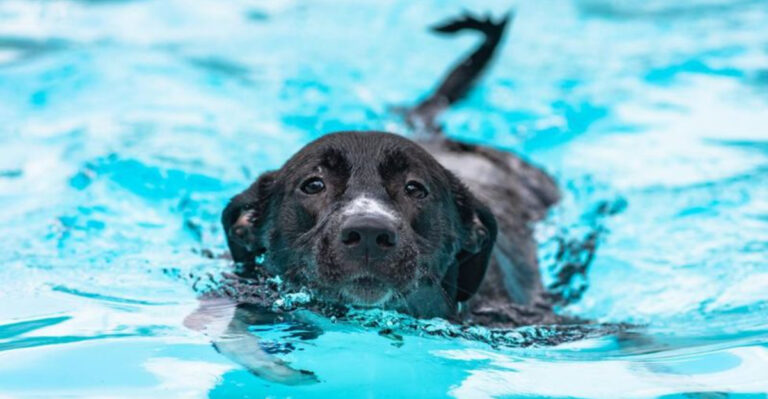10 Scents That Attract Coyotes To Your Yard (And 4 That’ll Keep Them Far Away)
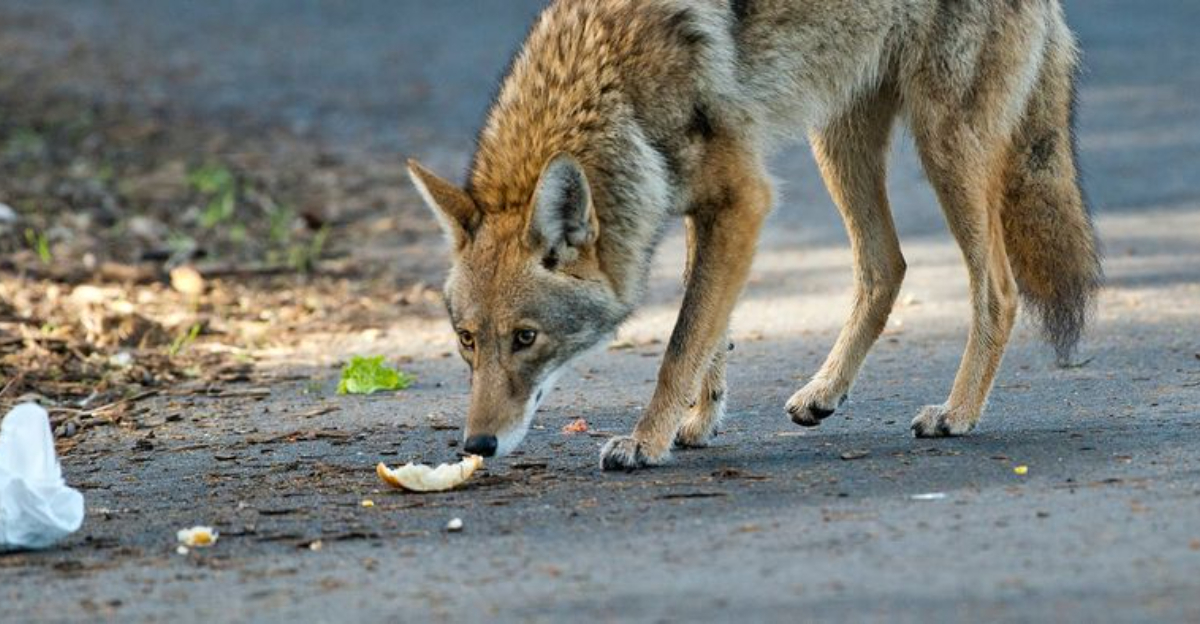
Ever thought your backyard could be a coyote’s favorite buffet spot? These curious creatures are guided by their noses, and certain scents can pull them in or push them away.
Understanding what attracts or deters them can be a game-changer for your garden’s peace and safety. Let’s explore some surprising smells that could either invite or repel these wild visitors.
1. Food Scraps
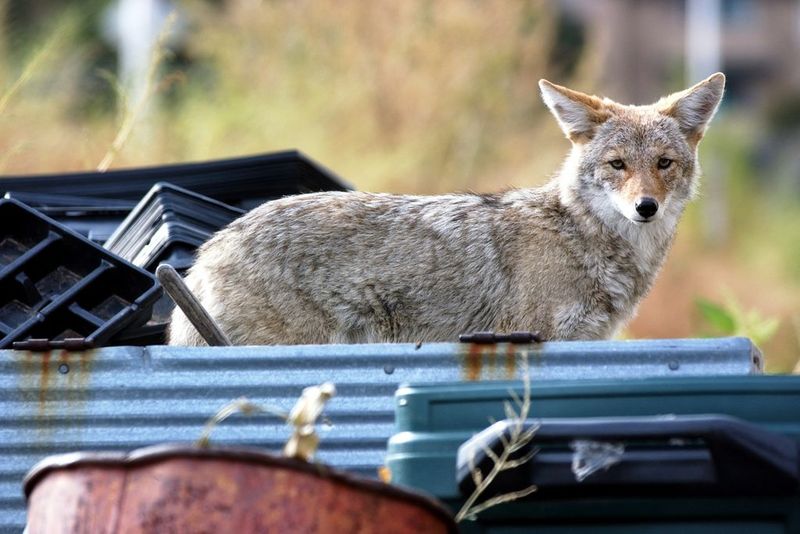
Leftover food smells are like a dinner bell for coyotes. They can sniff out your last night’s pizza from miles away!
Keeping food scraps secure in a tight-lid bin is crucial. A coyote’s sense of smell is super keen, and those food aromas can invite unwanted guests.
2. Trash
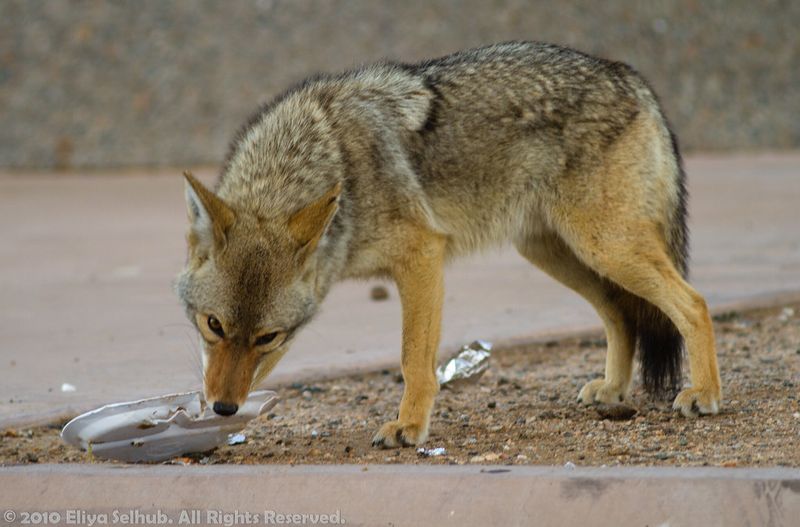
Trash cans aren’t just for raccoons; coyotes find them the ultimate treasure chest. The smell of garbage is irresistible, leading them on a scavenger hunt in your yard. To avoid this, ensure your bins are sturdy and sealed tight. The less they smell, the less they appeal.
3. Scent Of Other Animals (Pets, Wildlife)
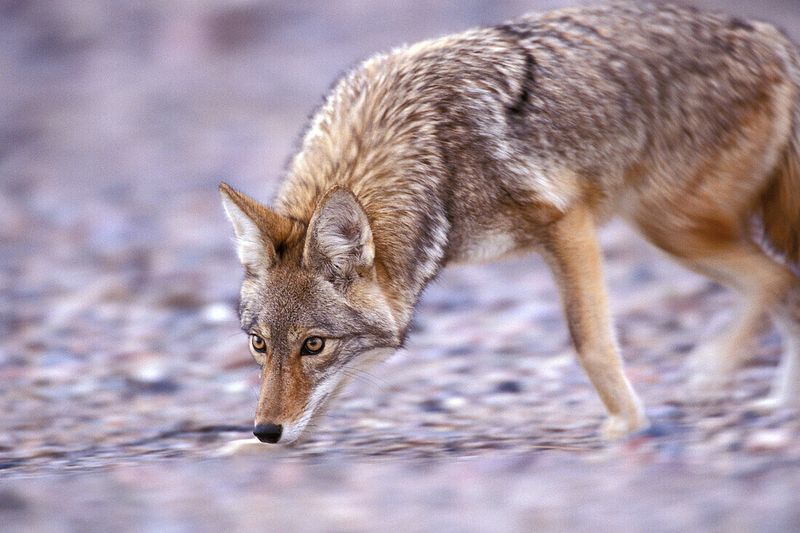
Coyotes are naturally curious and your pet’s scent can be a big draw. The familiar smell of a dog or cat might lead coyotes to investigate.
Keeping pets indoors, especially at night, reduces the risk. It’s a simple step to keep your furry friends and yard safe.
4. Unsecured Compost
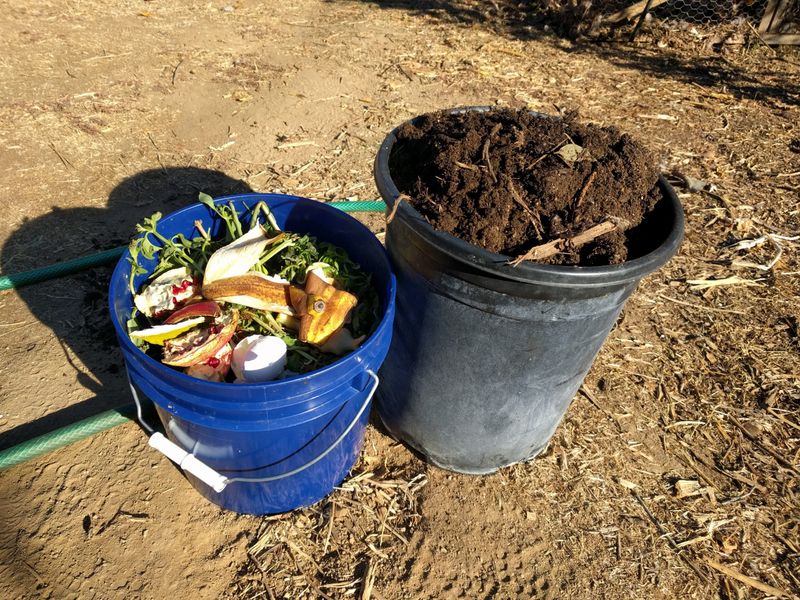
Decomposing compost can smell like a feast to coyotes. The earthy, rich aroma signals potential food, drawing them closer.
Securing your compost with a proper lid can make it less appealing. It’s a worthwhile effort to maintain a coyote-free zone.
5. Fruit Trees Or Fallen Fruit
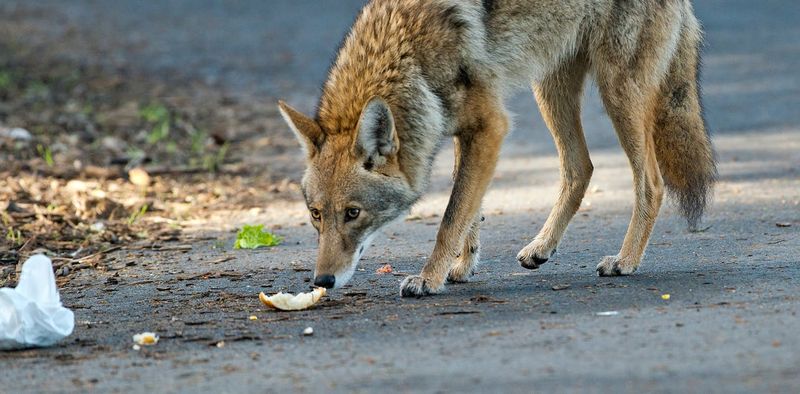
Sweet fruits on the ground are a coyote magnet. Overripe or fallen fruits emit a sugary scent that they can’t resist.
Regularly cleaning up fallen fruit can deter them from coming by. It’s a small task that can prevent big problems.
6. Deer Scent
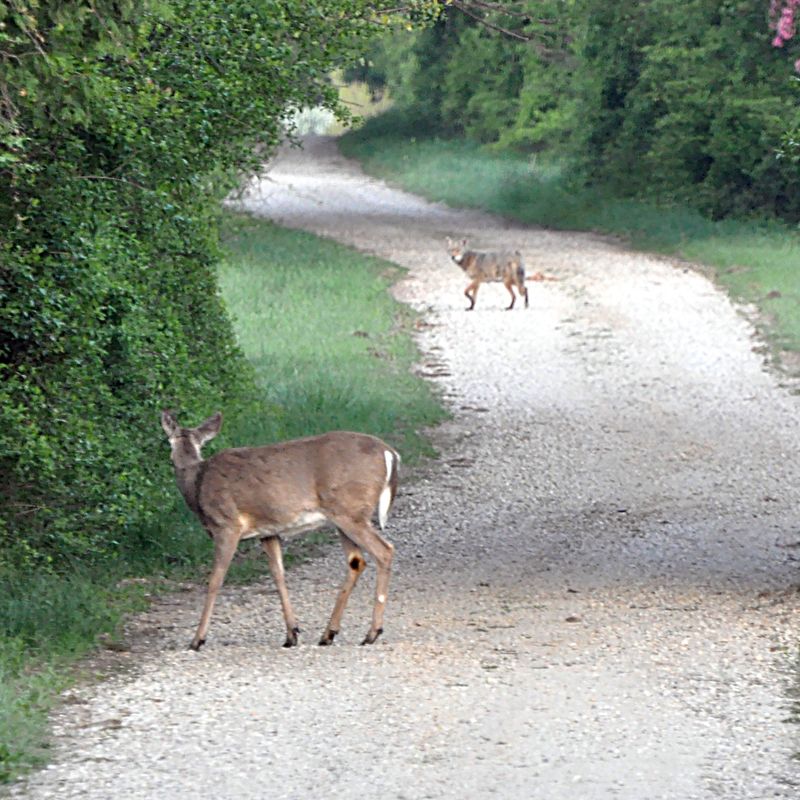
In areas where deer roam, coyotes might not be far behind. They follow the scent trails left by these animals.
It’s a natural part of their hunting strategy, leading them to potential prey. Being aware of this can help you anticipate their presence.
7. Dog Waste

Dog waste may seem harmless, but its scent lures coyotes seeking new territories. The scent trail it creates invites them to explore further.
Cleaning up after your dog not only keeps the area pleasant but also deters these prowlers.
8. Pet Bedding Or Toys
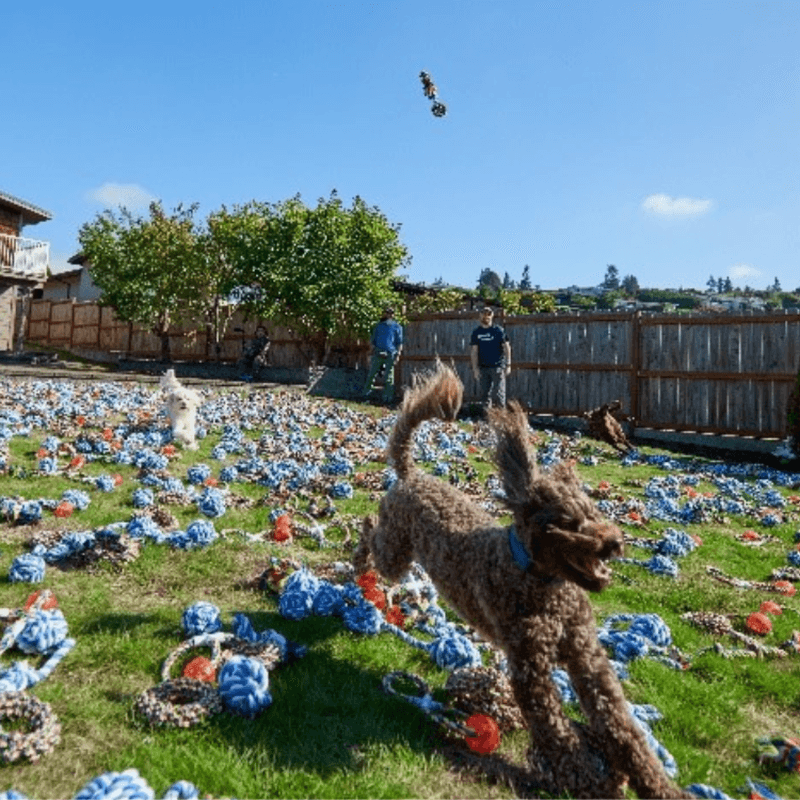
The smell of pet bedding or toys can be an invitation to coyotes. They recognize these scents and want to investigate. Bringing these items indoors when not in use can reduce the temptation. It’s an easy step to keep your yard coyote-free.
9. Bird Seed Or Feeders
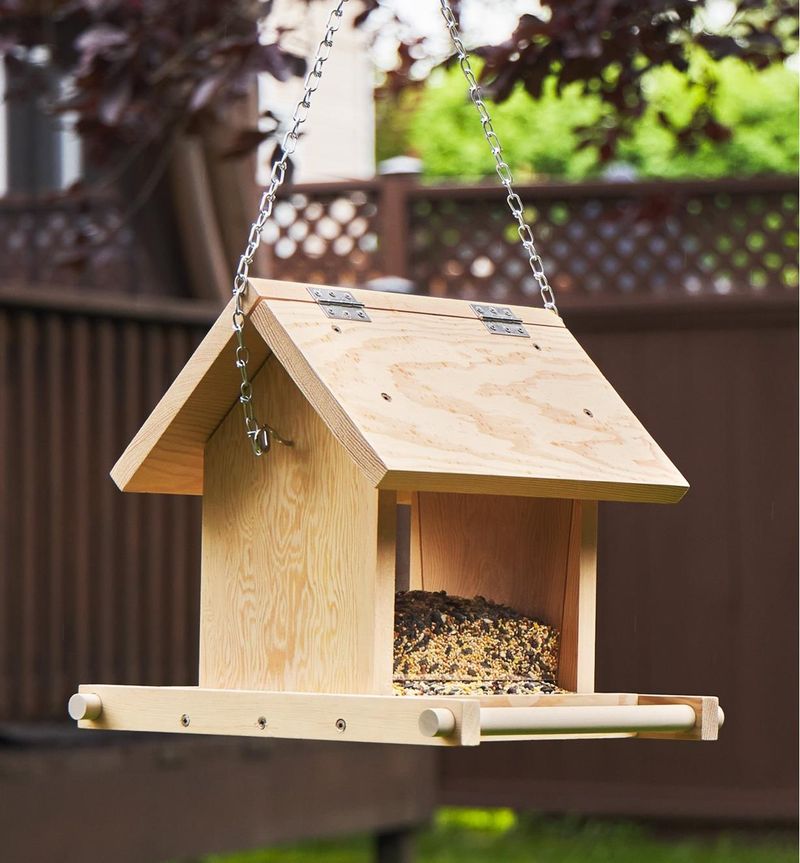
Bird feeders attract more than just birds; coyotes find them intriguing too. The seeds and the activity around feeders can signal an easy meal.
Placing feeders away from the ground and cleaning up spilled seeds helps keep coyotes away.
10. Sweet-Scented Flowers Or Plants
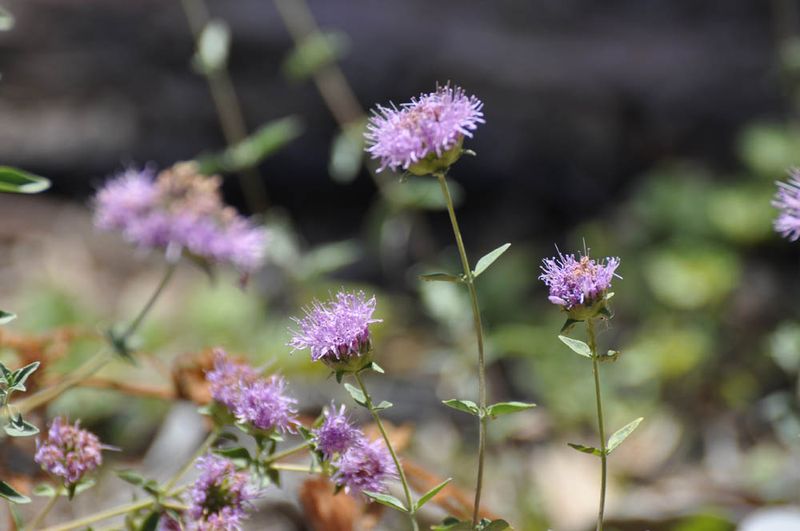
Certain flowers and plants can draw coyotes due to their sweet perfumes. While lovely to us, they might suggest food or prey to a coyote.
Choosing less fragrant varieties or planting strategically can help reduce their interest.
11. Citrus (Lemon, Orange, Grapefruit)
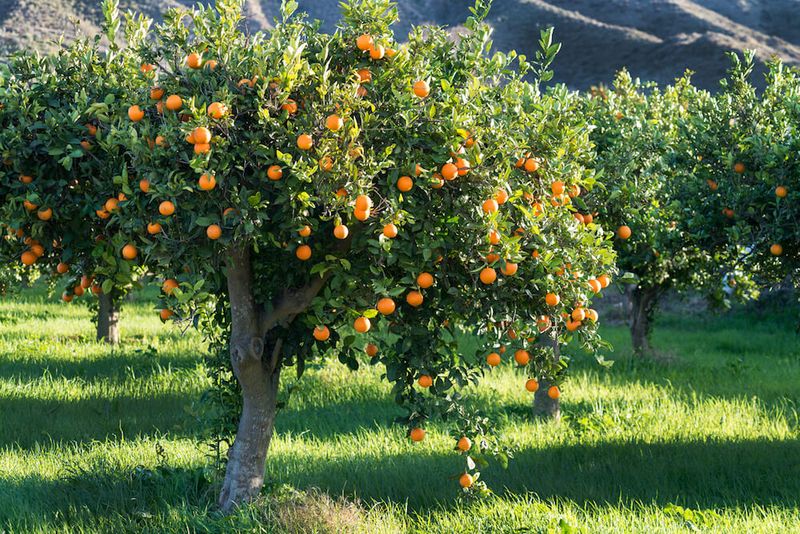
Coyotes can’t stand citrus! The tangy scent of lemon, orange, or grapefruit acts as a natural repellent.
By scattering peels or using citrus-scented oils, you can create a barrier they prefer not to cross. It’s a zesty way to keep them at bay.
12. Garlic
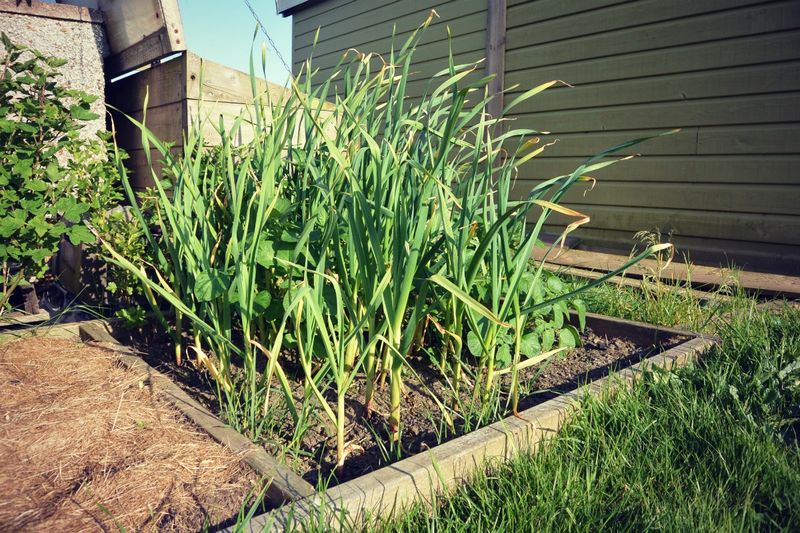
The powerful aroma of garlic is off-putting to coyotes. Sprinkling garlic powder or using garlic-based sprays can effectively deter them.
This simple, natural method keeps coyotes from roaming your yard. Plus, it adds a culinary twist to your gardening!
13. Hot Pepper
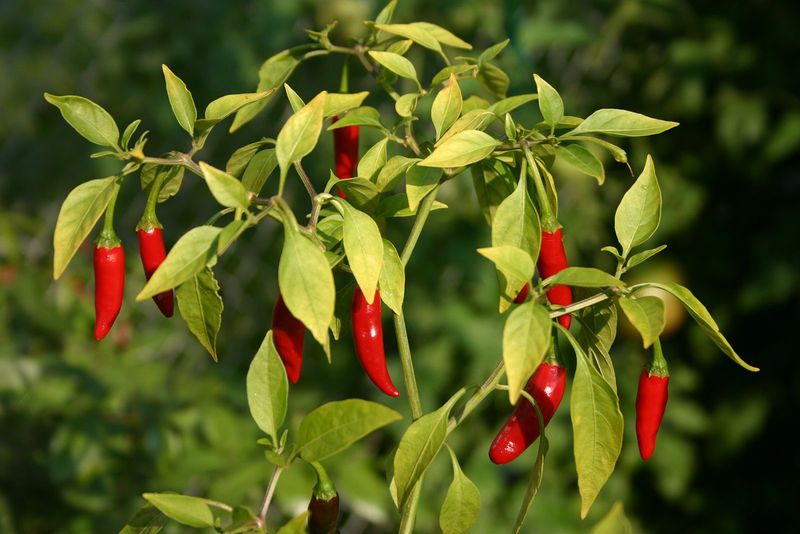
Hot peppers are a spicy surprise that coyotes avoid. The strong scent and potential irritation make them a great deterrent.
Whether using ground chili or creating a homemade spray, hot peppers keep coyotes at a distance. It’s a fiery solution to an age-old problem.
14. Ammonia

Ammonia’s strong, pungent smell mimics predator urine, making coyotes uneasy. Spraying it around your yard can act as a deterrent.
While effective, it should be used carefully to ensure it’s safe for the environment and pets. This chemical approach keeps them at bay without harm.


